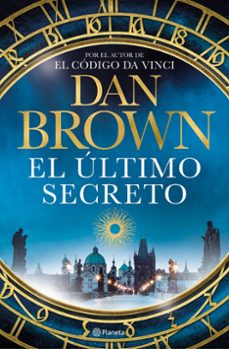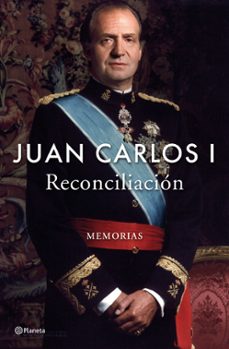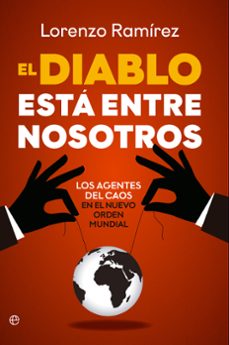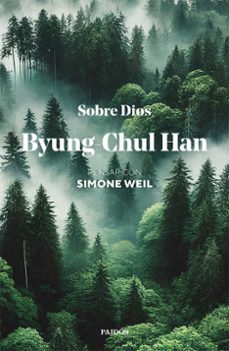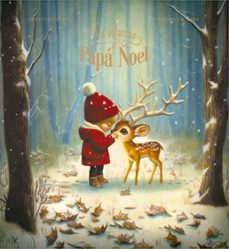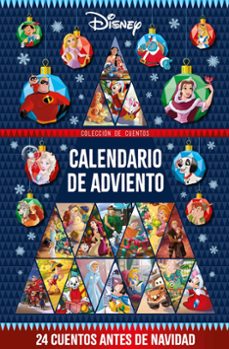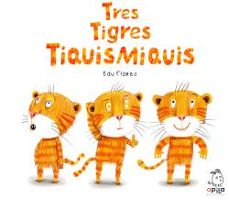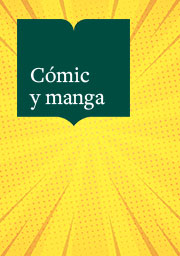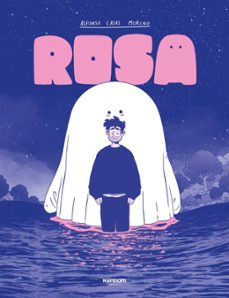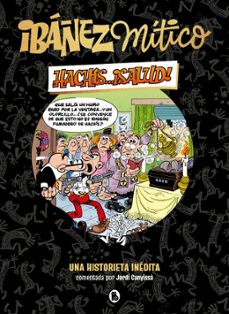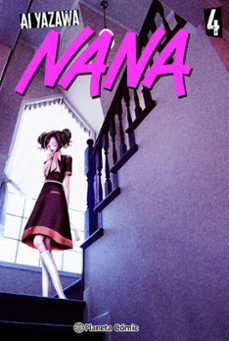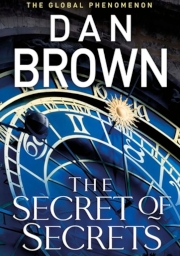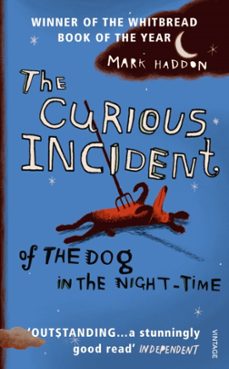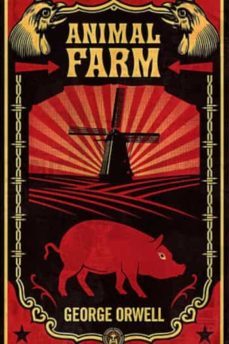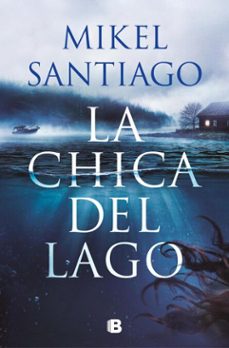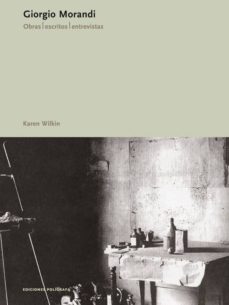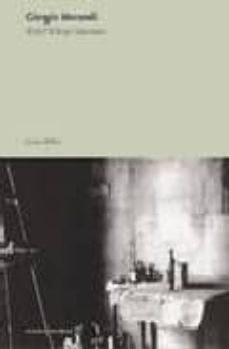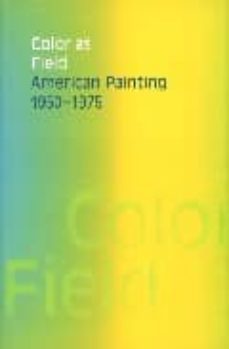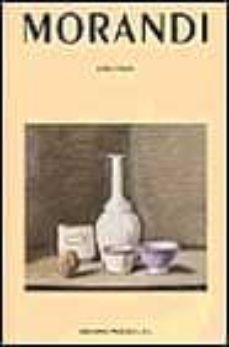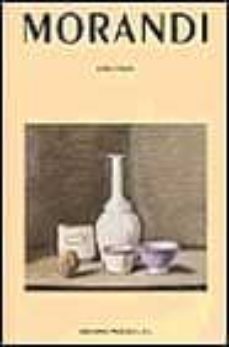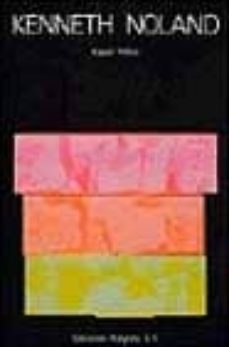Imprescindibles
Ficción
No Ficción
Ciencias y tecnología Biología Ciencias Ciencias naturales Divulgación científica Informática Ingeniería Matemáticas Medicina Salud y dietas Filología Biblioteconomía Estudios filológicos Estudios lingüísticos Estudios literarios Historia y crítica de la Literatura
Humanidades Autoayuda y espiritualidad Ciencias humanas Derecho Economía y Empresa Psicología y Pedagogía Filosofía Sociología Historia Arqueología Biografías Historia de España Historia Universal Historia por países
Infantil
Juvenil
#Jóvenes lectores Narrativa juvenil Clásicos adaptados Libros Wattpad Libros Booktok Libros de influencers Libros de Youtubers Libros Spicy Juveniles Libros LGTBIQ+ Temas sociales Libros ciencia ficción Libros de acción y aventura Cómic y manga juvenil Cómic juvenil Manga Shonen Manga Shojo Autores destacados Jennifer L. Armentrout Eloy Moreno Nerea Llanes Hannah Nicole Maehrer
Libros de fantasía Cozy Fantasy Dark academia Hadas y Fae Romantasy Royal Fantasy Urban Fantasy Vampiros y hombres lobo Otros Misterio y terror Cozy mistery Policiaca Spooky Terror Thriller y suspense Otros
Libros románticos y de amor Dark Romance Clean Romance Cowboy Romance Mafia y amor Romance dramatico Romcom libros Sport Romance Otros Clichés Enemies to Lovers Friends to Lovers Hermanastros Slow Burn Fake Dating Triángulo amoroso
Cómic y manga
Novela gráfica Novela gráfica americana Novela gráfica europea Novela gráfica de otros países Personajes, series y sagas Series y sagas Star Wars Superhéroes Cómics DC Cómics Marvel Cómics otros superhéroes Cómics Valiant
eBooks
Literatura Contemporánea Narrativa fantástica Novela de ciencia ficción Novela de terror Novela histórica Novela negra Novela romántica y erótica Juvenil Más de 13 años Más de 15 años Infantil eBooks infantiles
Humanidades Autoayuda y espiritualidad Ciencias humanas Economía y Empresa Psicología y Pedagogía Filosofía Historia Historia de España Historia Universal Arte Cine Música Historia del arte
Ciencia y tecnología Ciencias naturales Divulgación científica Medicina Salud y dietas Filología Estudios lingüísticos Estudios literarios Historia y crítica de la Literatura Estilo de vida Cocina Guías de viaje Ocio y deportes
Karen Wilkin
Recibe novedades de KAREN WILKIN directamente en tu email
Filtros
Del 1 al 6 de 6
POLIGRAFA 9788434311398
La investigación y el perfeccionamiento de su poética visión de la pintura bodegones y paisajes, así como del grabado y, dentro de éste, del aguafuerte, a lo largo de toda su vida han proporcionado a Giorgio Morandi una posición de profundo respeto en la historia del arte moderno.. El presente volumen describe la vida y al actividad creadora de este cometido y enigmático artista boloñés del siglo XX. Su obra, influida por Giotto, Cézanne, los pintores metafísicos y los cubistas, desafía todo intento de etiquetarla. Sus bodegones y paisajes son agrupamientos serenos de objetos mudos, pero aun así Morandi provoca una tensión entre ellos que habla de relaciones espaciales, espacio negativo y matices de luz y color. Sus pinturas parecen existir en un mundo ajeno al tiempo, luminoso y pleno de vida misteriosa.
Ver más
Otros
POLIGRAFA 9788434311404
Giorgio Morandi's steady pursuit of a poetic vision in still-life and landscape painting (as well as engravings and etchings) has secured him a singular and revered position in the history of Modern art. While drawing on the achievements of Giotto, Cezanne, the metaphysical painters and the Cubists, Morandi's work finally resembles no one else's and quietly defies paraphrase: everything is enigmatically clarified in the work itself, in all its apparent simplicity, on terms entirely specific to the artist's compositional gifts, in which respect he might almost be the Erik Satie of painting. As Morandi himself put it, "Truth is written in a different alphabet from ours: its characters are triangles, squares, circles, spheres, pyramids, cones and other geometrical figures." His still-lifes and landscapes could be described too easily as serene in their groupings of muted objects, but strange tensions arise among these objects in their clusterings and quiet nuances of light and color. The original writings and interviews collected in this substantial new volume trace Morandi's various influences, illuminate the atmosphere of Bologna that so characterized the artist's sensibility, and allow us to analyze the myth that has formed around his life and personality. Karen Wilkin, editor of this volume and the author of monographs on Georges Braque, Anthony Caro, Helen Frankenthaler, Hans Hofmann, Kenneth Noland and David Smith, has assembled an important contribution to the critical understanding of this great artist.
Ver más
Otros
YALE UNIVERSITY PRESS 9780300120233
Color field painting, which emerged in the United States in the 1950s, is based on radiant, uninflected hues. Exemplified by the work of Helen Frankenthaler, Morris Louis, Kenneth Noland, Jules Olitski, Larry Poons, and Frank Stella, among others, these stunningly beautiful and impressively scaled paintings constitute one of the crowning achievements of postwar American abstract art. Color as Field offers a long-overdue reevaluation of this important aspect of American abstract painting. The authors examine how color field painting rejects the gestural, layered, and hyper-emotional approach typical of Willem de Kooning and his followers, yet at the same time develops and expands ideas about all-overness and the primacy of color posited by the work of other members of the abstract expressionist generation, such as Adolph Gottlieb, Hans Hofmann, Robert Motherwell, Jackson Pollock, and Mark Rothko. From the fresh historical standpoint of the 21st century, this fascinating reassessment ranges across the artists' individual approaches and their commonalities, concluding with insights into the ongoing legacy of post-1970s color field painting among present-day artists. Karen Wilkin is an independent curator and critic specializing in 20th-century modernism. Carl Belz is Director Emeritus of the Rose Art Museum, Brandeis University.
Ver más
Tapa dura
Del 1 al 6 de 6
